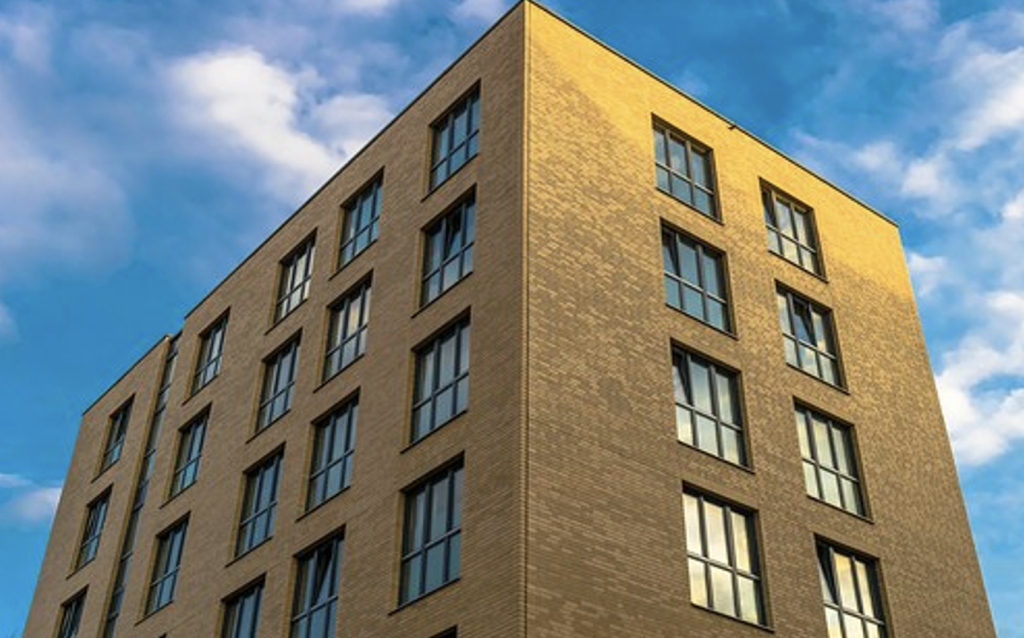The extensive skyscrapers and commercial buildings across the world continue to have a severely negative impact on the environment. Fortunately, Australia is one of the countries that are encouraging building owners to turn their buildings green.
One of the easiest ways to make a commercial property greener involves using the commercial plumbers Melbourne and other Australian cities are relying on. Installing systems to reduce water wastage will go a long way toward making your building more environmentally friendly.
Understanding the Green Building Concept
Talking about living greener is one thing. But how much do you know about turning your building green? Let’s have a look at a few facts that you need to know as you start the process of making your commercial building more sustainable.
What Is a Green Building?
The term “green building” refers to any property and its processes that are both resource-efficient and environmentally-friendly. Green buildings are more commonly referred to as ‘environmentally-friendly’ or ‘sustainable’.
This concept covers the following building aspects:
- Building design and construction
- General building maintenance which includes plumbing services
- Potential renovation and upgrades
How Do You Determine if a Commercial Building is Green?
Australia has introduced a six-star scale that helps commercial property owners measure and understand the impact that their buildings have on the environment.
This measuring scale is commonly known as the National Australian Built Environment Rating System or NABERS for short. Currently, the rating measures the following:
- Water usage (with highlights on conservation)
- Waste management (and how eco-friendly this is)
- Energy efficiency (of the property and its operations)
- Indoor environment quality (with emphasis on how eco-friendly indoor functions are – such as green plumbing and lighting)
- The general impact the building and surrounding property have on the environment
Understanding the NABERS Measuring Scale
It’s no secret that every building has an impact on the surrounding environment. Depending on the function and operation of a particular building, the effect on the environment can be considered harmful.
According to NABERS, buildings use an average of 40% of the world’s energy. They also emit an average of 40% of global emissions. About 20% of global available drinking water is wasted during the operations of these buildings.
Buildings are allocated points to measure how green they are. Essentially, a green building should have a NABERS rating of 4 or above. Ratings are listed as:
- 6 = market-leading
- 5 = excellent
- 4 = good
Tips for Commercial Owners to Make Their Buildings Greener
Being able to promote your building as sustainable can easily increase its popularity and appeal to potential tenants looking to run their businesses from green premises. Some tips to make your building greener include the following:
- Use recycled materials or non-toxic resources such as paints, adhesives and carpets in the building’s construction
- Enlist commercial plumbers with green plumbing certification to change plumbing systems to be more energy-efficient
- Create access to fresh air and natural daylight sources as this will minimise energy use
Benefits of Green Buildings
If you’re still on the fence about turning your building green, considering the benefits will go a long way to sway your decision. Some benefits are listed below:
- Building is more appealing: With global emphasis on sustainability, tenants and potential buyers are more attracted to properties that have green features or operations in place. The Australian Property Institute estimates that a green property’s value is increased by as much as 12%.
- Reduce wastage: The less waste a property produces, the less money needs to be paid for waste removal. It also means that your contribution to the global waste problem is reduced. Green buildings also look at ways to recycle and reuse in an attempt to minimise waste. This includes a waste reduction in IT departments.
- Increased productivity: Productivity is considerably increased when employees work in a green environment. This is because the building encourages exposure to natural light, waste reduction and less working under artificial lights. Office buildings that show an increase in productivity also show an increase in profits and general ROI.
- Positive impact on staff retention: A pleasant, environmentally conscience environment make it easy for employers to retain staff. Employers can use the building’s green status to attract potential employees since many people these days are more environmentally aware and look for ways to put that outlook into practice.
- Reduce your carbon footprint: Owners who are serious about creating green operations will dramatically reduce their carbon footprint. This happens when operations are made more energy and waste efficient.
- Cost-saving: A building that has energy-efficient operations in place will see a considerable saving in utility bills. This factor alone can be a very appealing aspect for potential tenants.
Final Thought
If you’re a commercial property owner, it’s important to understand the effect your building’s operations have on the environment and eventual climate changes. Properties that promote sustainability and adopt energy-efficient principles will always be more appealing to tenants and potential buyers. Turning your building green won’t only improve your ROI but will help you do your bit for the environment.

